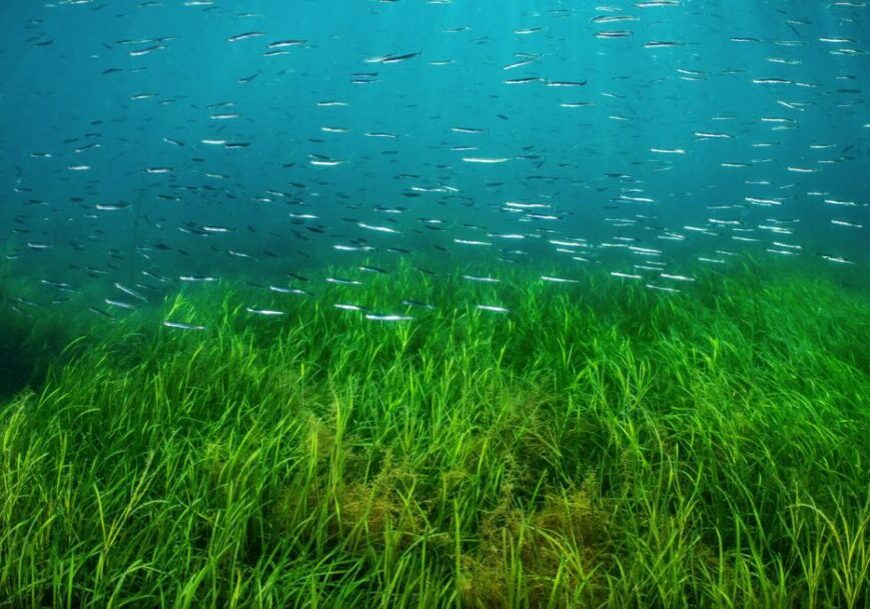1. European hamster
Many of us will be familiar with Syrian (or dwarf) hamsters as they’re popular pets. Their European cousins are just as endearing, with distinctive black bellies, but these 20-35cm-long rodents are unlikely to be found in people’s homes. Once common across Europe and central Asia, they’re now critically endangered. Agriculture and habitat destruction are the biggest threats they face, though they were once also hunted for their fur. Vienna Central Cemetery is home to a large population of European hamsters, with the animals finding refuge there after the loss of their meadow habitats.
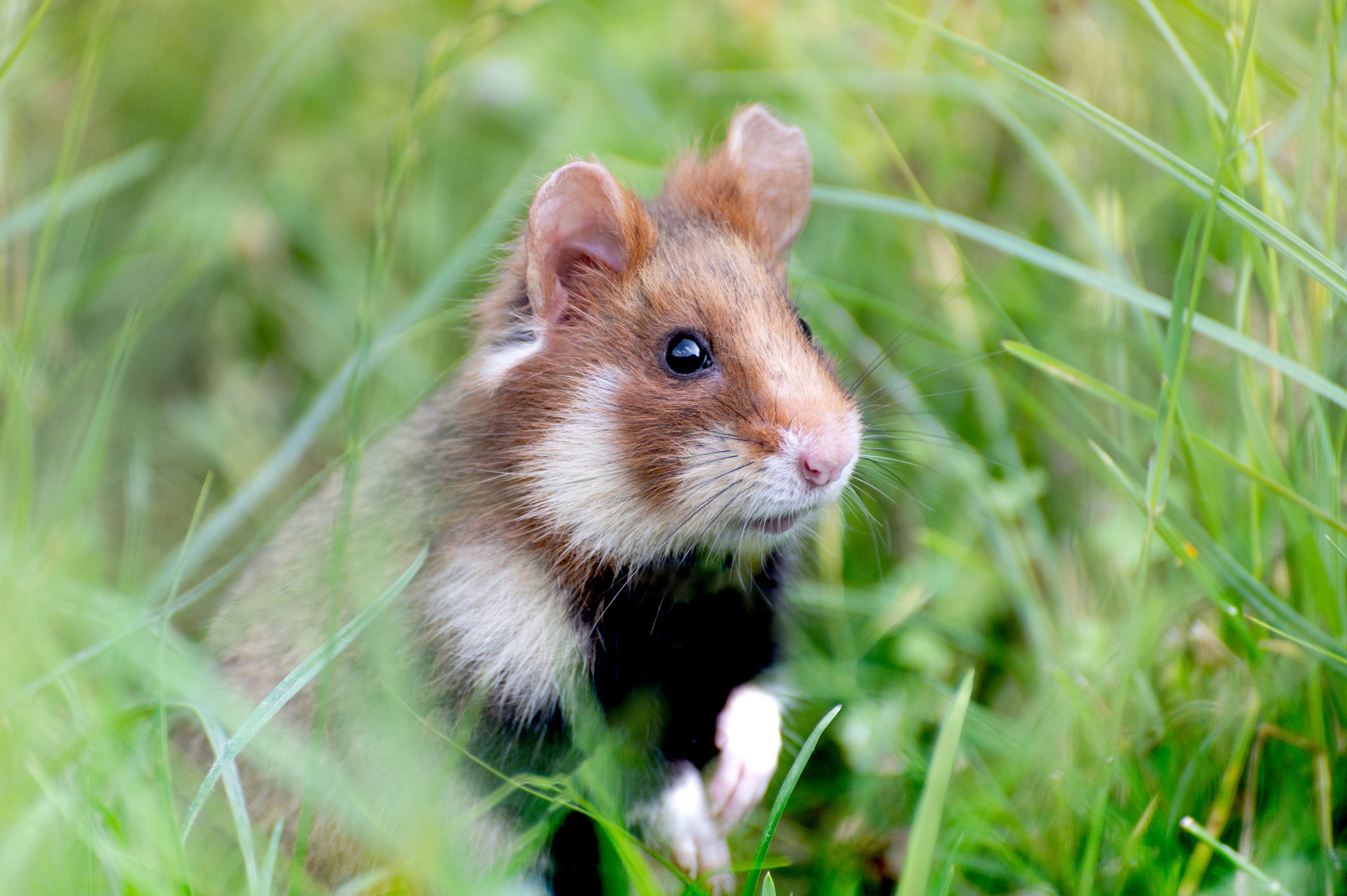
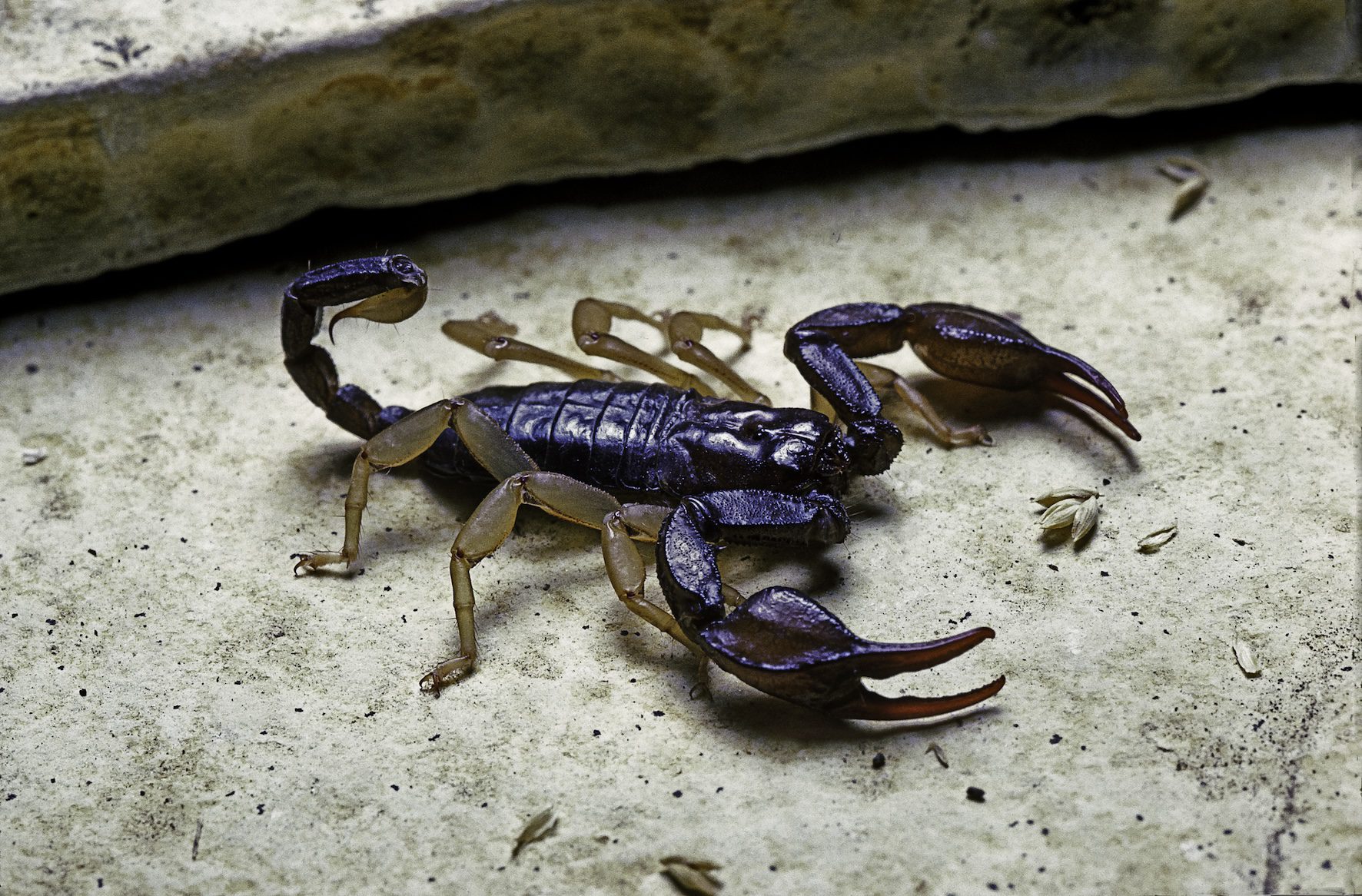
2. Yellow-tailed scorpion
Movies have done a good job of convincing us that scorpions are only found in deserts or tropical regions (particularly inside unwary travellers’ boots). But these arachnids are widespread, and yellow-tailed scorpions have even taken up residence in Kent. Accidentally introduced in the 19th century, they’re hard to spot as they’re usually only active on warm, dry evenings, and at just 4.5cm long they can easily hide in crevices. Sheerness Docks is home to the largest UK population of scorpions, though rising temperatures could see other areas become suitable for them. The good news is that their sting is no worse than a bee sting.
3. Sturgeon
Sturgeon are remarkable creatures, a remnant of prehistory. They’re thought to have originated about 200 million years ago and haven’t changed much in all that time, so they can be considered ‘living fossils’. They can grow up to eight metres long, weigh over 1.5 tonnes and live for over 100 years. But despite surviving for millions of years, all 26 species of sturgeon are now at risk of extinction. Dams, climate change and habitat loss are thought to be the main causes. But WWF is working with partners to support conservation projects to protect these freshwater icons throughout Europe.
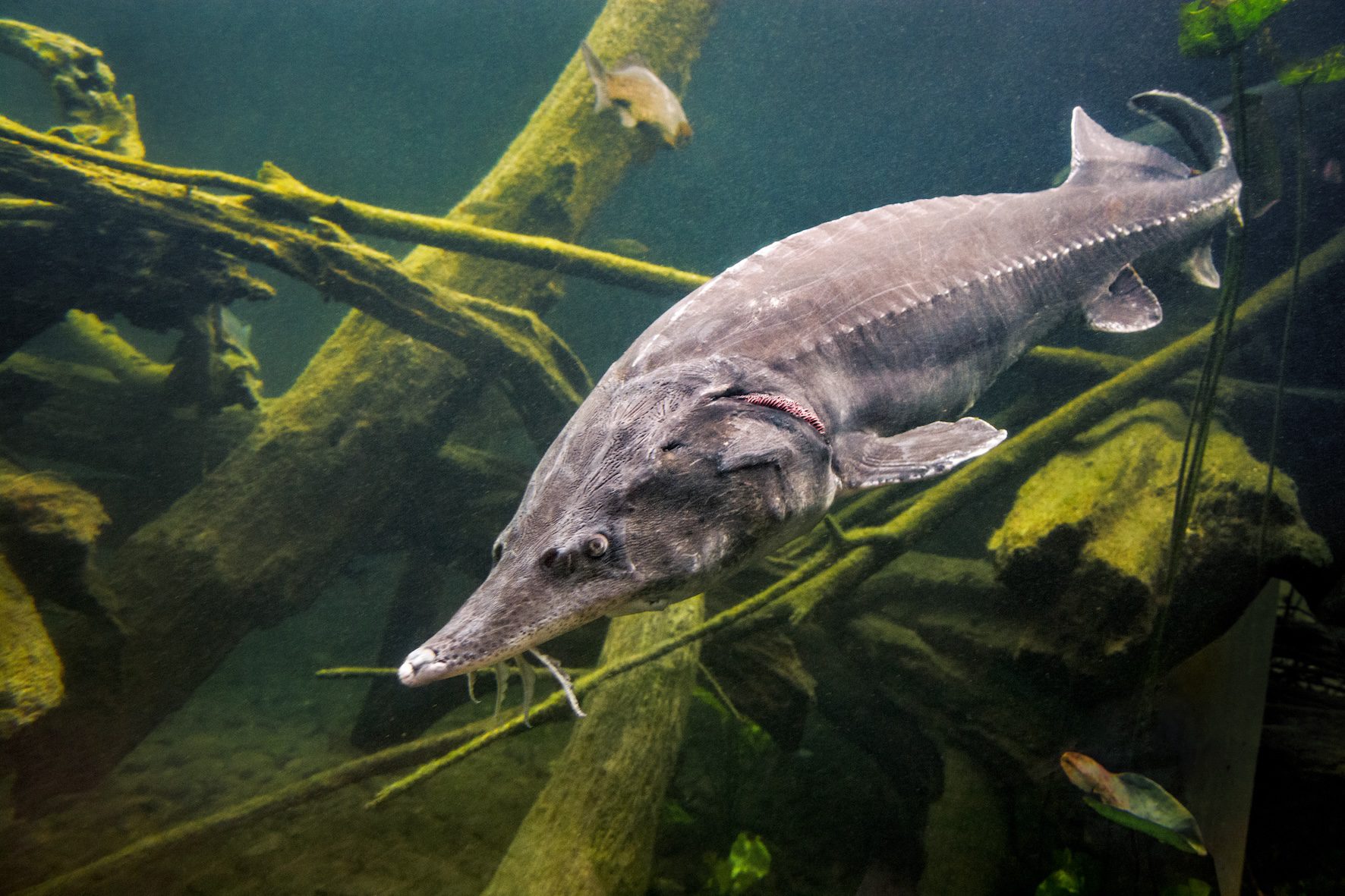
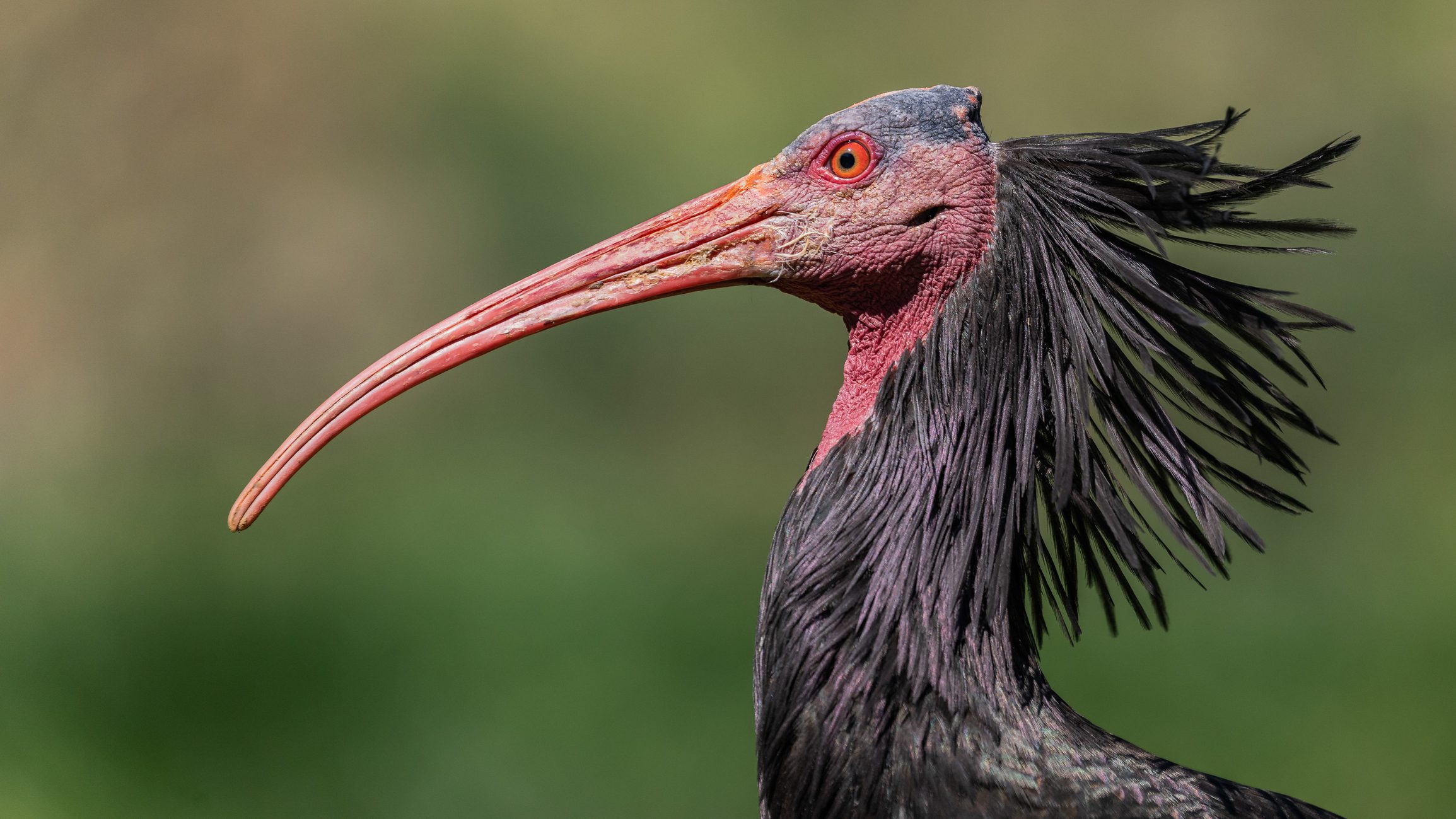
4. Northern bald ibis
The striking northern bald ibis is a European conservation success story, with reintroduction programmes in Austria, Italy and Spain downgrading it from critically endangered to endangered. It’s also found in Turkey and Morocco, which is home to the largest wild population. Unlike other ibises, the northern bald ibis isn’t a wader, preferring to nest on cliffs and feed on lizards and other small animals. Its former range is reflected in its appearance in cultural relics such as Ancient Egyptian hieroglyphs and Balkan church paintings from the Middle Ages.
5. Freshwater pearl mussel
Freshwater pearl mussels – found across northern Europe – are unusual for a number of reasons. The name’s a giveaway: they’re the only mussels to produce pearls. They’re far larger and more long-lived than common marine mussels, too, but begin their lives as tiny larvae on the gills of Atlantic salmon or brown trout (without harming the fish). Scotland is home to some of the most significant populations of this critically endangered mollusc, which are a vital part of freshwater ecosystems. They filter huge quantities of water, making rivers cleaner and benefiting other species – but also making the mussels highly susceptible to pollution. Scotland’s freshwater pearl mussels are now a protected species, though poaching is still rife.
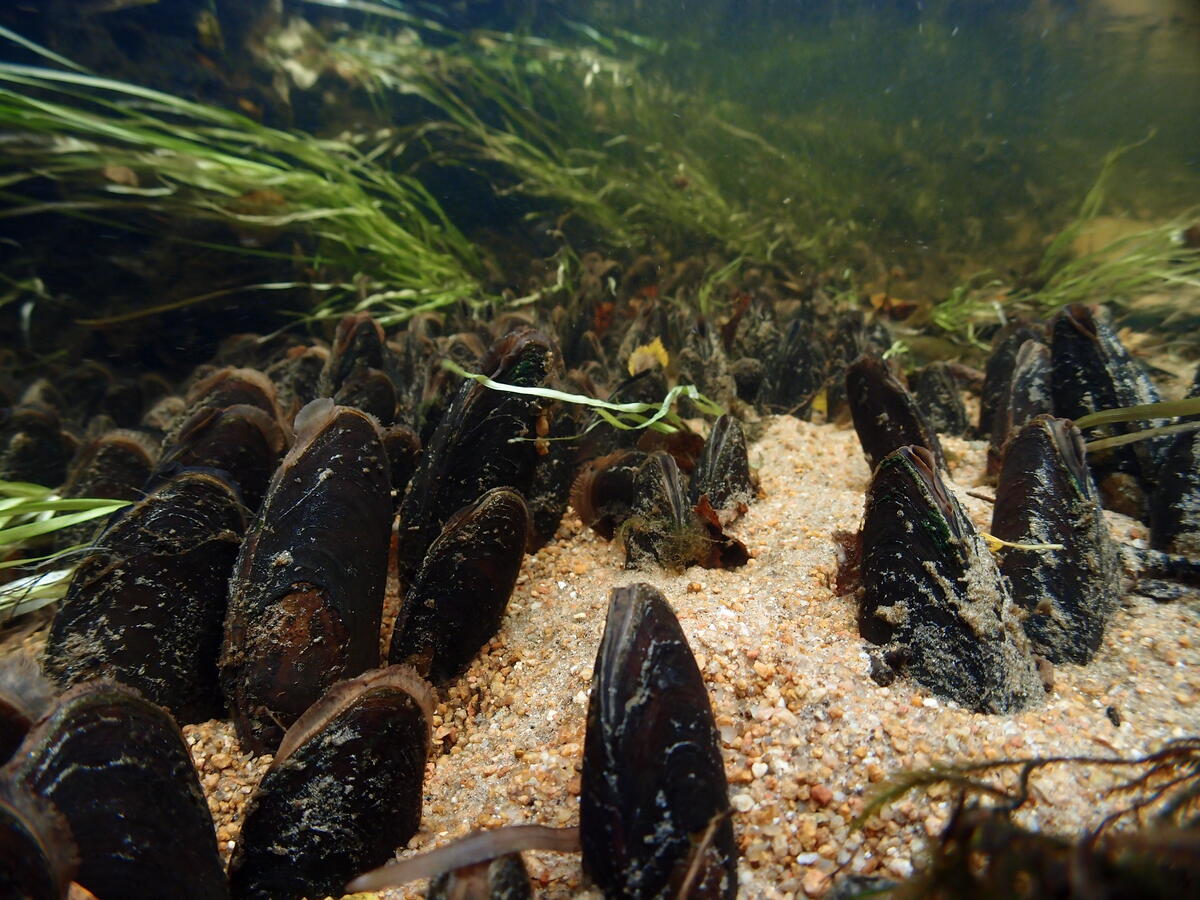
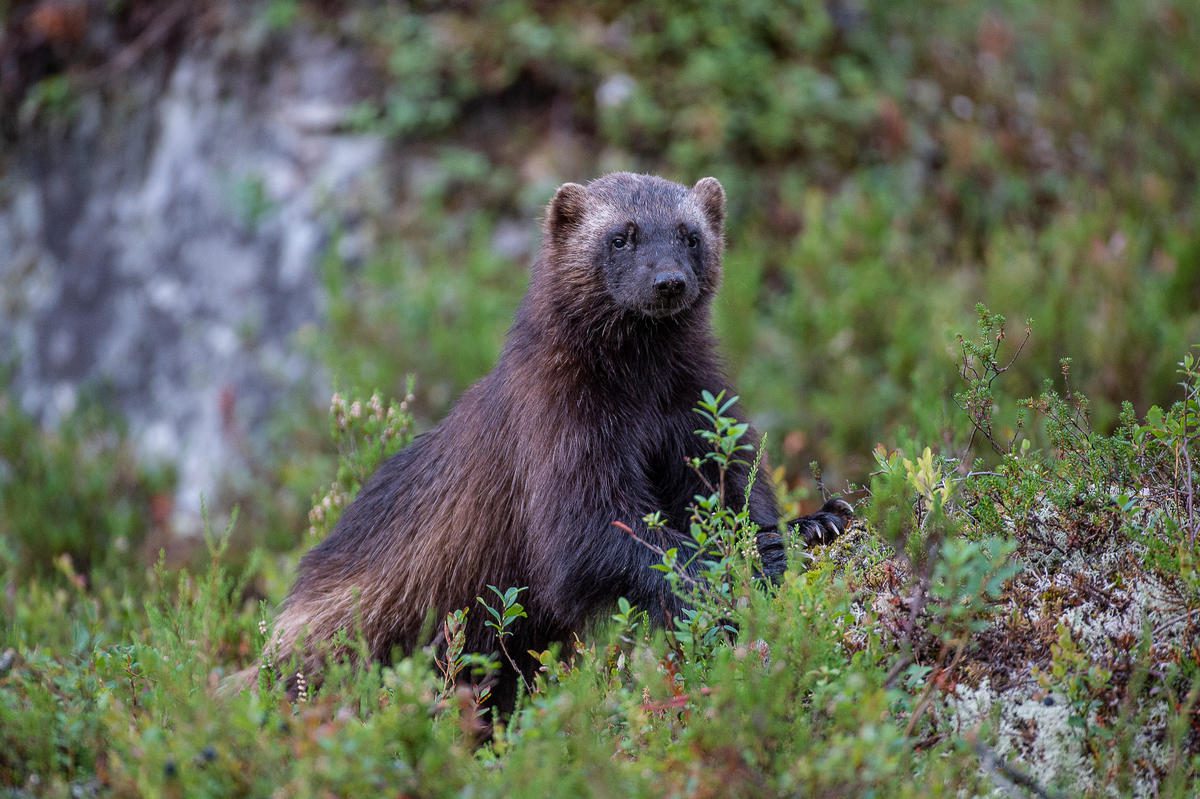
6. Wolverine
Their name makes you think of a wolf, and they look rather like small bears (albeit with bushy tails), but wolverines are part of the weasel family. They’re also one of Europe’s least understood large carnivores. Found across the northern reaches of Norway, Sweden, Finland and Russia, they prefer snowy areas where prey is more plentiful – they’ve been known to tackle mammals of all sizes and have been observed facing off against wolves. In North America, pumas and grizzly bears are among wolverines’ natural predators, but in Europe their main threat is hunting. The wolverines’ territory often overlaps with areas where reindeer herds are kept as livestock, leading to conflict with people.
7. Mole cricket
By the end of the 20th century, it was thought that mole crickets had become extinct in the UK, despite being widespread in many other countries. Their distinctive call hadn’t been heard for decades, even in their last refuge of the river valleys of southern England. But a chance discovery in the New Forest in 2014 confirmed that these unusual insects hadn’t disappeared. They’re one of the UK’s largest insects, growing up to 5cm long, and have chunky forelegs with which they can burrow underground, where they spend most of their time. The males dig special sound chambers within their burrows – these amplify their call, helping them attract a mate.

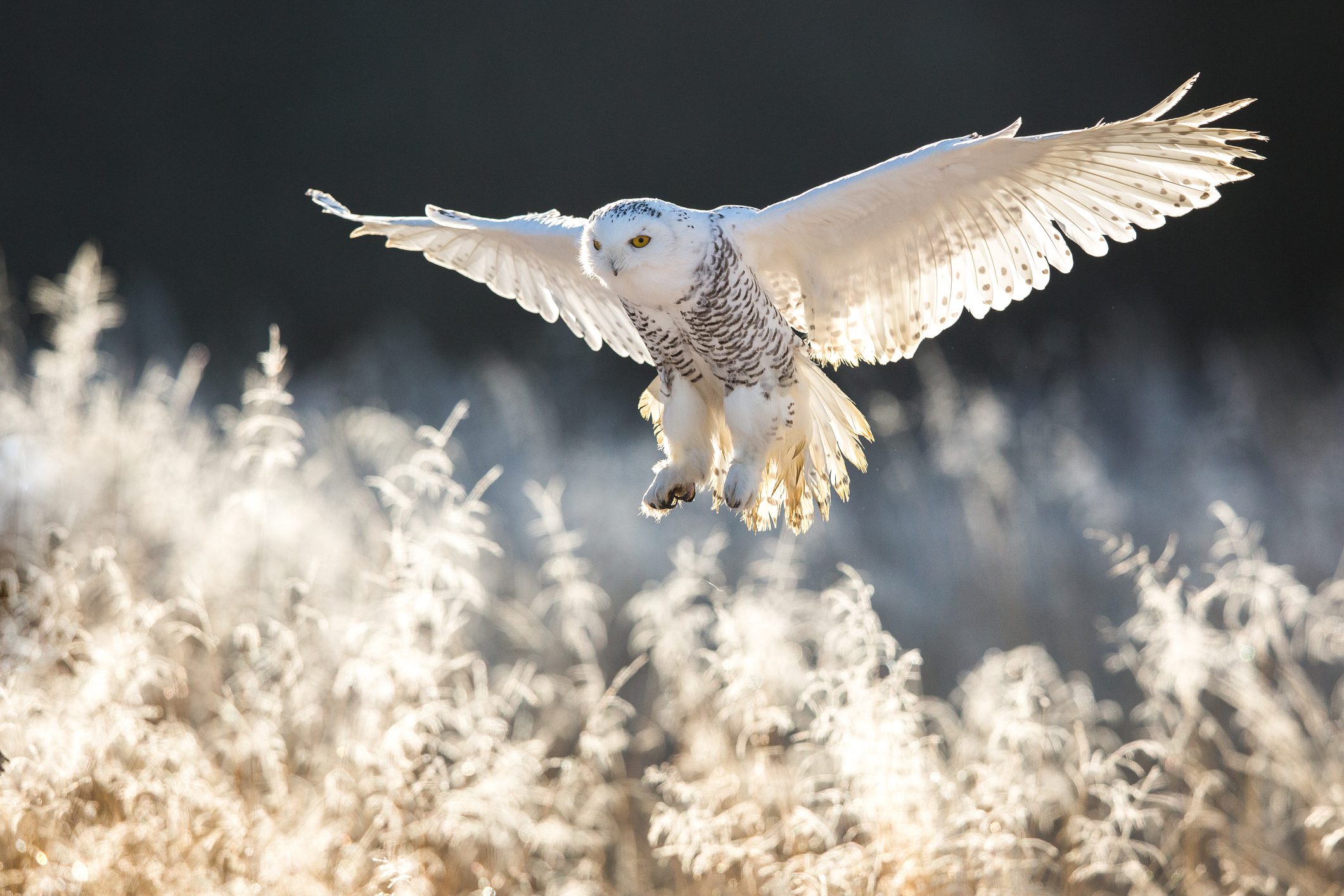
8. Snowy owl
Perhaps the most distinctive of all the owls, snowy owls are found in the far north of Europe and other Arctic regions. Their white plumage provides excellent camouflage against snow-covered landscapes, making them highly effective hunters as they silently swoop down on lemmings, rabbits, birds and fish. Breeding pairs mate for life, producing up to 11 eggs at a time – though the number varies according to the availability of food. They occasionally visit the far north of the UK, though there have been no breeding pairs here since 2001. Two snowy owls were spotted as far south as the Channel Islands in the winter of 2008/9.
Join the call to protect nature
Sign our petition to ask our leaders to stop the destruction of nature. Together, we can protect precious wildlife and habitats.
More to explore
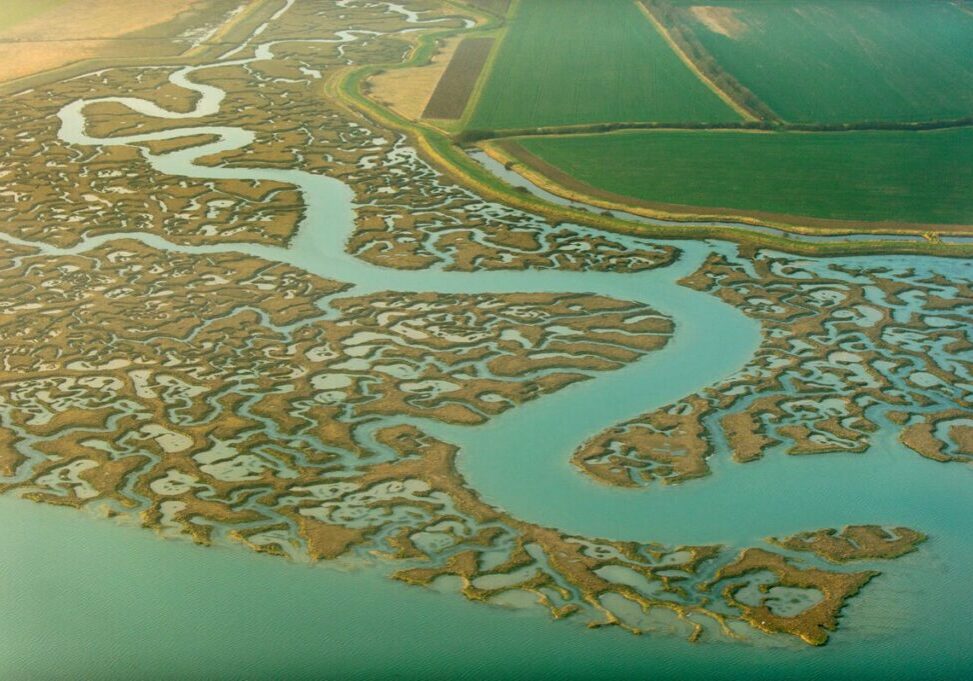
Turning the tide for saltmarshes
Saltmarshes are unique coastal habitats that support a rich range of wildlife. But they could also help in the fight against climate change. We’re finding out more…
